EDITORIAL
Published on 13 Jan 2021
Editorial: Mechanisms of Communication and Recognition in Social Evolution
doi 10.3389/fevo.2020.625831
- 2,079 views
- 5 citations
9,497
Total downloads
57k
Total views and downloads
Select the journal/section where you want your idea to be submitted:
EDITORIAL
Published on 13 Jan 2021
REVIEW
Published on 03 Apr 2020

REVIEW
Published on 04 Feb 2020
PERSPECTIVE
Published on 15 Jan 2020
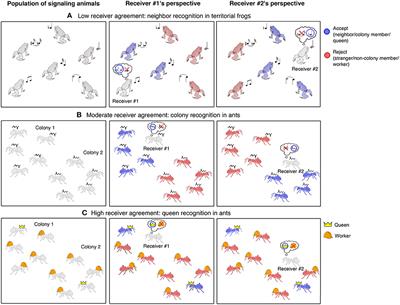
PERSPECTIVE
Published on 09 Jan 2020
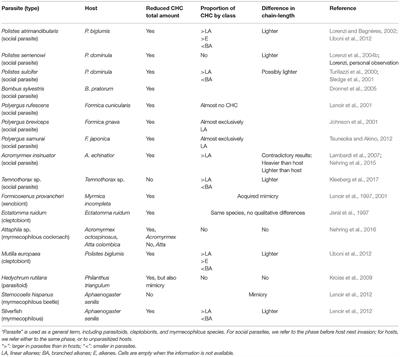
ORIGINAL RESEARCH
Published on 25 Nov 2019
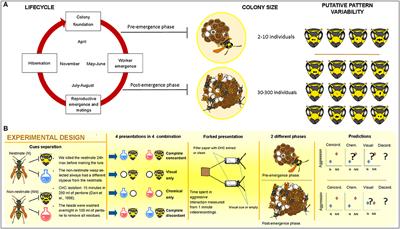
ORIGINAL RESEARCH
Published on 23 Oct 2019
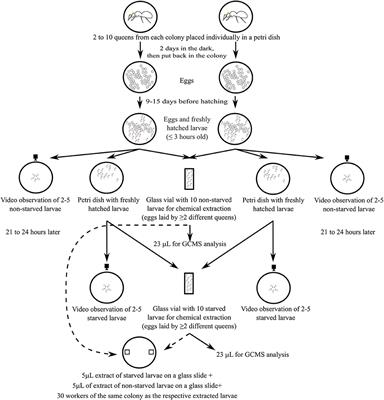
SYSTEMATIC REVIEW
Published on 18 Oct 2019
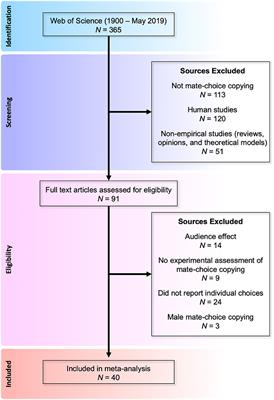
ORIGINAL RESEARCH
Published on 02 Jul 2019
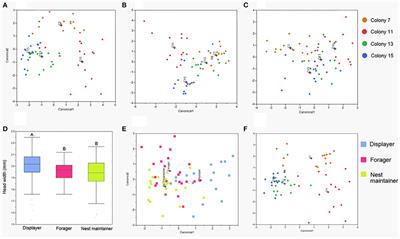
ORIGINAL RESEARCH
Published on 13 Feb 2019


Frontiers in Insect Science